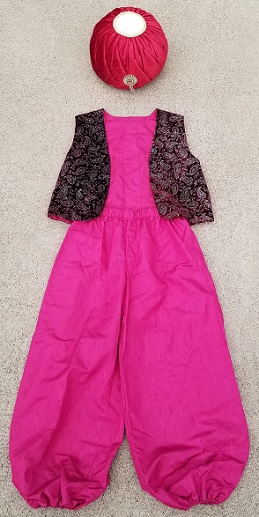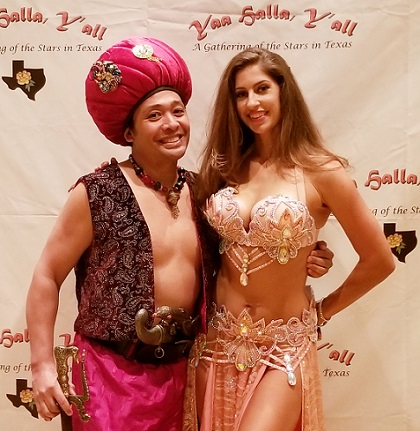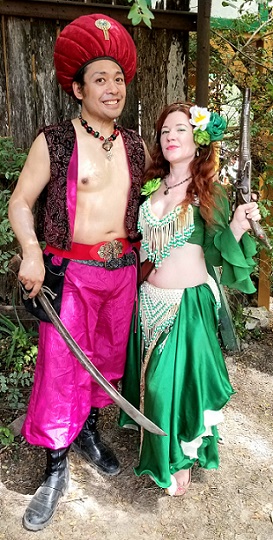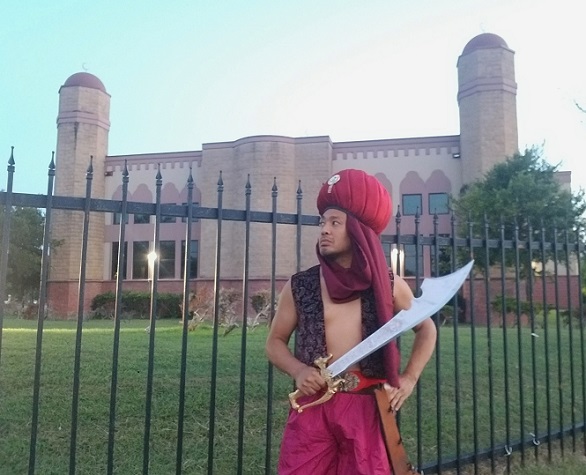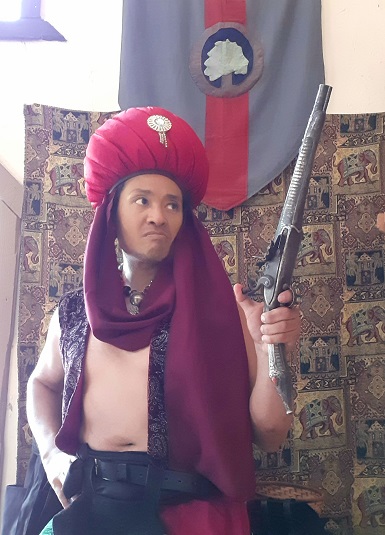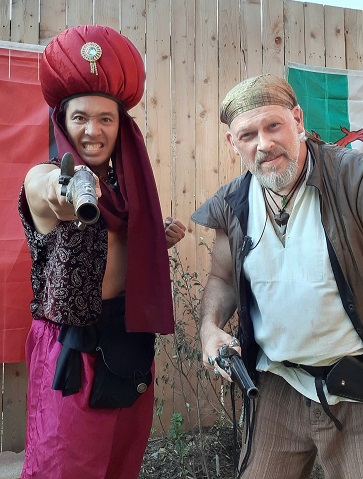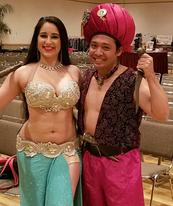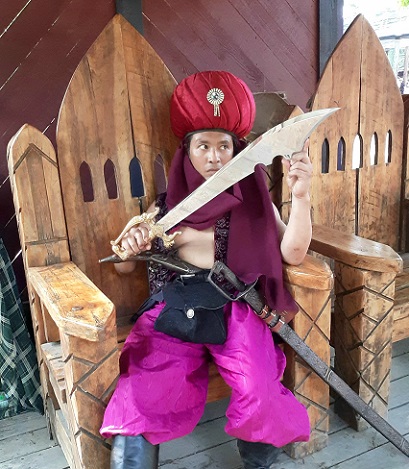Subject: corsair / slave raider
Culture: Maghribi Arab, Berber, renegade European
Setting: piracy, Mediterranean/Atlantic 17th-early 19thc
Evolution: 1541 Turco-Algerian pirate > 1784 Barbary corsair
Context (Event Photos, Primary Sources, Secondary Sources, Field Notes)
* Axelrod 2009 p145-146
"[T]he Islamic rulers of the North African states, who employed the Barbary pirates, were eager to bargain with their Christian enemies. Even when the Knights of Malta still patrolled the Mediterranean, a sufficient number of pirates evaded their patrols to wreak a low but sustained level of havoc on the commerce of Europe.
"During the seventeenth and early eighteenth centuries, the European states agreed to varying schemes of extortion, paying the Islamic potentates protection money -- it was called 'tribute' -- in exchange for their pledge of safe passage through Mediterranean Sea lanes. This was cheaper than financing major naval patrols, but after the Knights of Malta were forced out, tribute provided insufficient protection from piracy, and European navies had to use force to take up where extortion left off."
* USS Constitution
"The Barbary corsairs, considered pirates by western nations, patrolled the Mediterranean Sea for their countries: Algiers, Tunis, and Tripoli. They allowed free passage to merchant ships with the proper papers, called passports. But merchants caught without passports met a very different fate." ...
* USS Constitution
"The strength of the Barbary States declined throughout the eighteenth century. But the war between France and Britain created an opportunity for renewed corsair activity. Without the two most powerful European countries interfering with the Barbary States, corsairs freely attacked the ships of weaker nations."
* Lapouge 2004 p38
"The memory of Barbarossa burned for centuries afterwards. Voltaire has left us a witty and instructive image of these ancient terrors in Candide: 'What surprised me most, said the old lady when she recounted her capture by the Turks, was that they put their finger in all of us, in a place where we others, we women, normally only allow cannulas to be put. This ceremony seemed very strange to me: this is how you are judged when you leave your country. I soon learned that it was to see whether we had hidden a few diamonds there: it is an immemorial practice among refined nations that live on to the sea. I found out that the gentlemen of the religious knights of Malta never omit to do this when they capture Turkish men or women. It is a law of right of people to who one has never lowered oneself.'"
Pistols
* Elgood 1995 p74-75
"The Dutch ... began trading on the Gold Coast in 1591-2, selling guns from 1594; the following year they sold twenty-five 'musketten ende roers'. At about this time the Dutch developed a more efficient cargo ship, the fluit, which was manned by relatively few hands and was built in large numbers. A result of this was that many Dutch sailors were thrown out of work, and some joined the Barbary corsairs, with important consequences for the development of North African firearms. The firearms of the Maghrib were already famous but were greatly improved by the addition of the northern European gunlock.
* Treasures from the Tower of London 1982 p118
"The great majority of pistols made in North Africa in the eighteenth and nineteenth centuries were based very closely either upon Turkish or upon European models, the former often equipped with miquelet locks and the latter either with flintlocks or snaphance locks. Such pistols were usually considerably decorated, although the ornament is not often of very high quality. The stocks were often inlaid either with wire scrolls or with larger decorative plaques, made of such materials as brass, steel and ... silver and coral."
Saber
*
Costume
*
